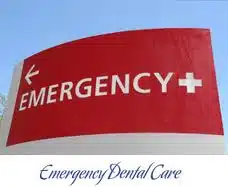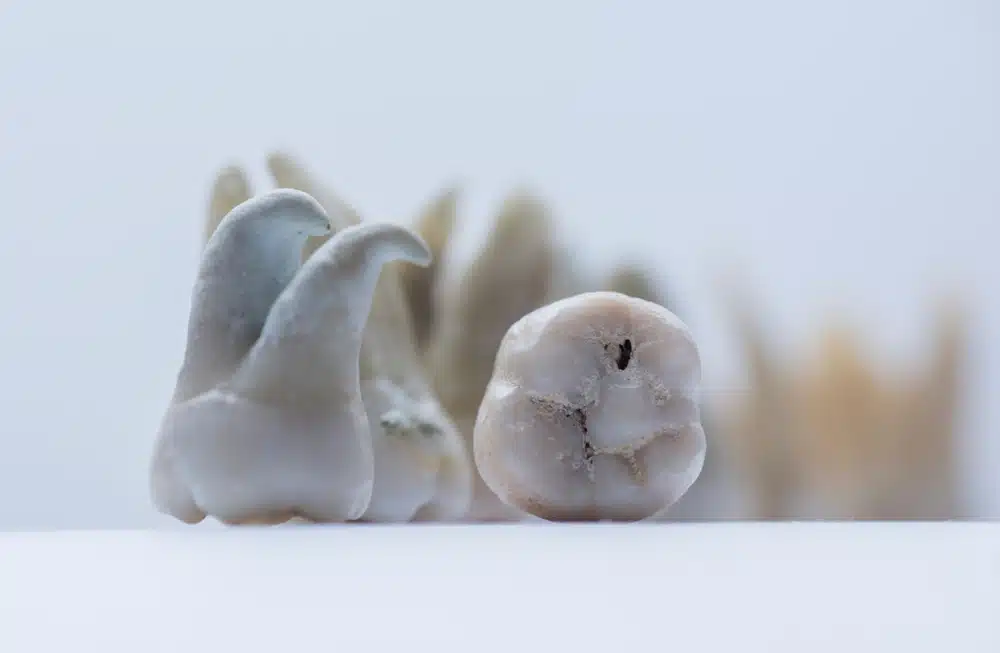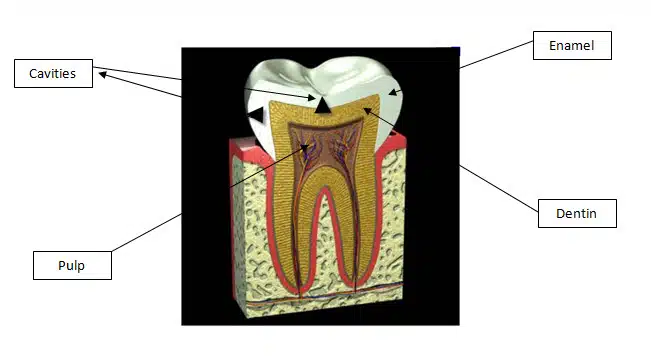
The Top 5 Ways To Avoid A Dental Emergency
“If it ain’t broke, don’t fix it.” Isn’t that how the saying goes?
Well, when it comes to teeth, most people really can’t tell if it’s broken.
Consider these interesting dental tidbits:
- Periodontal (gum) disease is the number one cause of tooth loss world-wide. That’s basically a condition in which you lose the bone that surrounds your teeth, so that even healthy teeth may fall out.
- Most people who get cavities diagnosed by their dentist didn’t have any idea that they even had a cavity.
- A substantial number of patients who clench or grind their teeth — resulting in worn-out, chipped, and cracked teeth — swear that they don’t.
- Some patients who come into a dental office convinced that they have a cavity because of pain, actually don’t have a cavity at all.
What the heck?! Yeah, it can get a little confusing, and that’s probably why at one point or another many people find themselves confronting a dental emergency. Some emergencies are simply the result of accidents. After nearly twenty years of practice, I have seen quite a lot of these too. But in reality, the vast majority of dental emergencies are simply caused by neglect. So here are a few tips on how to stay out of trouble:
1. Never open anything with your teeth. Just don’t do it. I have restored countless teeth after people tried to open or hold objects with their teeth. It’s not worth it. Grab a scissor, pliers, bottle-opener or whatever you need to do the job. Your teeth were made to chew your food.
2. Use an athletic mouth guard if you play sports. Sports are fun and can be great exercise. They can also cause teeth to get punched out, kicked out or knocked out. Use a professionally made mouth guard if you play sports.
3. See your dentist regularly. Some things can even be tough for your dentist to detect. Unless you have x-ray vision and can see inside your own head, you will never know if you have decay between your teeth until it is so large that it starts to look ugly or pieces of the tooth actually fall apart. Also, you don’t want your first realization that you have periodontal disease to come from noticing that your teeth are loose. Your dentist should also be checking for oral cancer at your examination visits. If you have it, early diagnosis can be a matter of life or death.
4. Brush and floss your teeth daily. There is simply no substitute for prevention. Brushing your teeth after every meal and flossing at least once a day goes a long way in protecting you from oral diseases — not to mention bad breath.
5. Wear a custom night guard if you grind or clench your teeth. Bruxism — the term used for the grinding or clenching of teeth, has been observed by dentists to be increasing in frequency among their patient populations. No doubt, stress has a great deal to do with this, but if you have been diagnosed with bruxism don’t take it lightly — because your teeth won’t either. I have also noticed a significant rise in bruxism over the last 10 or so years and its effects can be devastating.
Oh, and that emergency dentist you were thinking of using. You know, you saw the billboard on the way to work. He’s the one that is willing to see you 24/7. So, in the worst case scenario, you will have someone to go to, right?
I wonder how many people he has actually treated at 3:00 AM? If it happens at all, I’m certain it doesn’t happen often. Sure, you can CALL him 24/7, but you’ll be seen at the first opportunity. And if he does agree to see you after hours or on a weekend, it will likely cost you a few extra hundred in addition to the cost of your treatment. By the way, be prepared to bring cash, because he may not accept checks or a credit card from a brand-new emergency patient.
The moral of the story is simple. Use common sense and just don’t let things get that far along. If it has been more than six months since you have seen your dentist (unless you have full dentures) you are over-due. Even patients with dentures should see their dentist at least once a year to check the fit of their dentures, be evaluated for adjustments or relines, to have the dentures cleaned, and to check for oral cancer.
How long has it been since your last dental visit?









